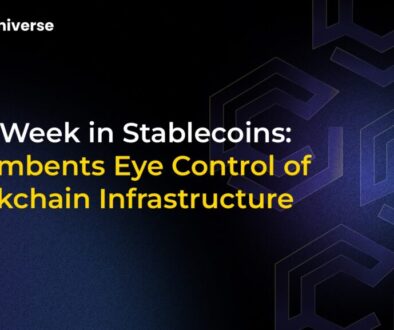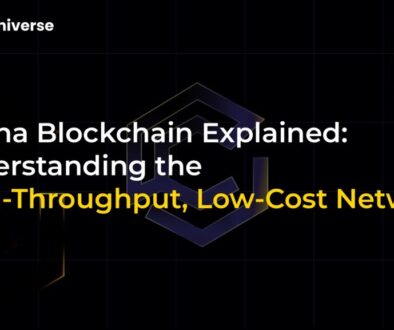Brazil’s DREX Pivots Away from Blockchain, Citing Privacy Woes

A Major Shift for Brazil’s Digital Currency Project
In a move that has sent ripples through the digital asset community, Brazil’s central bank has announced a significant change of direction for its ambitious central bank digital currency (CBDC) project, DREX. During a presentation at the recent Blockchain Rio event, Governor Gabriel Gallipolo revealed that the next phase of the project will proceed without its foundational blockchain and tokenization components, marking a stark pivot from its original vision.
Initially hailed as a pioneering effort in leveraging distributed ledger technology (DLT) for a new financial infrastructure, the project, officially known as the Digital Real, is now narrowing its focus. This development raises critical questions about the feasibility of blockchain for state-level projects and the true intentions behind government-backed digital currencies.
From CBDC to Lien Reconciliation: What’s Changing with DREX?
The grand vision for DREX involved a wholesale CBDC, tokenized bank deposits, and digital treasury bonds, all running on a DLT framework. The goal was to create a new, programmable financial layer for Brazil’s economy. However, the project’s next phase is far less ambitious.
The Banco Central do Brasil is now reframing DREX as a “lien reconciliation project.” The primary goal is to build a system that allows clients of financial institutions to use assets like stocks and bonds as collateral for loans. This new iteration will not use blockchain or decentralization but will instead integrate directly with PIX, Brazil’s wildly successful instant payment system.
While the central bank has assured that some research and development using blockchain will continue in the background, the core of the project has been fundamentally altered. The very terminology is shifting, with mentions of “CBDC” and “blockchain” conspicuously absent from recent presentations and even removed from the central bank’s official website in favor of broader terms like “DLT-based platform.”
The Official Reason: Immature Privacy Technology
According to the central bank, the pivot is a pragmatic response to significant technical hurdles encountered during the pilot phase. The primary culprit? Privacy.
The DREX pilot was built on Hyperledger Besu, an Ethereum-based DLT. The challenge lay in implementing a privacy solution that could effectively shield transaction data while still allowing for regulatory oversight—a classic dilemma in the CBDC space. The project’s first phase was delayed after developers flagged the difficulty of combining novel privacy solutions with the Besu framework.
Despite progress, the central bank ultimately deemed the available privacy technologies to be “insufficient” and not “battle-tested” enough for a nationwide rollout. The complexity of ensuring robust privacy and security on a decentralized ledger proved to be a bigger obstacle than anticipated.
The Crypto Community’s Reaction: “Goodbye Blockchain, Hello Censorship”
While the official narrative points to technical limitations, the crypto and blockchain community has responded with deep skepticism. Many see the move not as a technical necessity, but as an ideological one.
On social media, critics were quick to point out the irony of a central authority abandoning a technology specifically designed to reduce central control. The prevailing sentiment is that the central bank couldn’t achieve the level of surveillance and control it desired on a blockchain-based system.
Tweets from Brazilian crypto influencers captured this mood perfectly:
- “The DREX theatre is over. It has revealed its true face of control.”
- “Reason for abandoning Blockchain technology: they couldn’t get enough control. Well, don’t say it, this is a technology created to NOT HAVE central control.”
- “They change the terms, but the plan remains: centralize, track, control.”
This perspective frames the pivot as a retreat to a more familiar, centralized database model—like a “SQL Server” with PIX integration—where censorship and monitoring are far easier to implement.
What Does This Mean for the Future of CBDCs and Tokenization?
Brazil’s DREX
For Brazil, this doesn’t necessarily spell the end of tokenization. Many experts believe the private sector will continue to push forward with asset tokenization and blockchain adoption, regardless of the central bank’s direction with DREX. The demand for more efficient and transparent financial products remains strong.
However, the DREX saga is a powerful reminder of the fundamental tension between the ethos of blockchain—decentralization and user privacy—and the objectives of a central bank. As other nations move forward with their own CBDC plans, they will be watching Brazil closely. Is this pivot a temporary setback on the road to a DLT-powered future, or is it an admission that the core principles of blockchain and central banking are ultimately incompatible?


